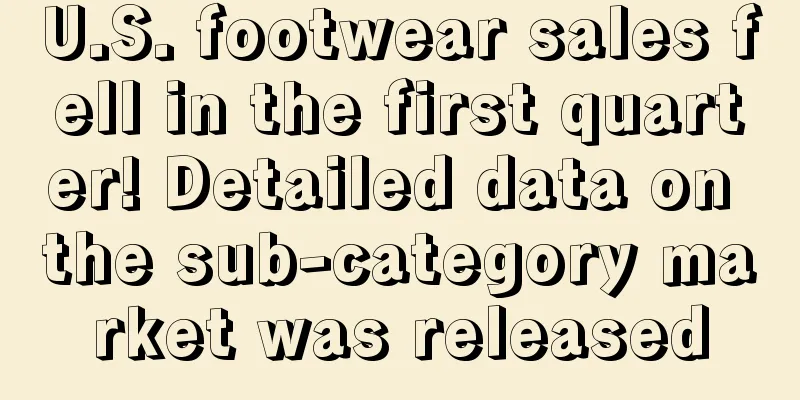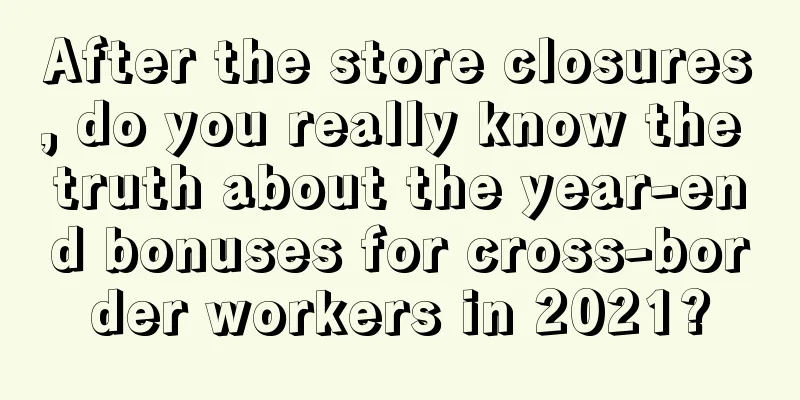Amazon deducts payment directly from orders! New policy officially implemented

|
After the new year started, many UK sellers were surprised to find that their orders for the new year were directly deducted by Amazon! And the amount was not small! More than one-tenth of their sales were gone! The order details in the background show that the item deducted is the mall VAT tax , which is displayed similarly to the sales tax on the US site. It can only be seen by clicking on the order or the payment summary in the background. In fact, Amazon announced this news a long time ago. In October last year, the official sent a wave of emails to remind sellers to pay attention to the changes in VAT policy after Brexit. In addition to the changes in tax thresholds and aspects, the most important change is that sellers previously registered their own tax numbers and declared them, but now Amazon collects taxes for each order and submits them to the tax bureau. The implementation date of this change is January 1, 21, which means that for orders placed after New Year's Day this year, Amazon will collect VAT at the standard rate (20%) . This is a big deal. There are still many sellers in the UK who are using preferential tax rates to make low declarations, and some are even making zero declarations to make quick money. Now Amazon has directly deducted the tax from the orders, leaving sellers with no room for maneuver . If they want to maintain profits, they can only raise prices. Even some self-shipping sellers whose remote sales do not reach the tax standard have to start paying taxes on each order, which is quite disadvantageous to small sellers. In fact, if the seller's business in Europe has always been operated in compliance with regulations, the impact of this new change on costs will not be too great. At most, it will be painful to see money deducted for each order. In fact, it is just a one-time tax distributed to each order. Some sellers who have secretly calculated the tax rates will find that the actual tax rates are not charged according to the standard rates. What is going on? Is the tax rate 20% or 16.7%? After calculation, some sellers found that the ratio of the deducted tax to the product sales price was not the standard rate (20%), but 16.7% . Did Amazon underestimate it? In fact, Amazon assumes that the price quoted by sellers includes tax. For example, if we price a product at 10 pounds, the 10 pounds includes the product price + tax . If we calculate it backwards, the actual price of the product is 10/(1+20%), which is 8.33 pounds, and the tax is 8.33*20%, which is 1.67 pounds , which is exactly 10 pounds. Some sellers actually calculate the 16.7% tax rate by using tax/tax-inclusive price. We sellers don’t often use tax-free prices in our daily operations, and we directly use the quoted price as the selling price. Therefore, considering the convenience, it is not a big problem to directly regard the tax rate as 16.7% during operation. However, if it involves tax operations (tax refunds, etc.), we still have to clarify the tax-inclusive price and the product selling price. Some sellers have asked me under what circumstances taxes will be deducted. We had a detailed analysis in October. You can click here to jump to view. I will briefly summarize it: 1. In the case of self-delivery (delivery from abroad to the UK), taxes will be automatically deducted for unit prices below £135. 2. Domestic delivery, such as FBA, will automatically deduct taxes (unless the account owner is a UK company) It can be said that the vast majority of UK sellers are required to automatically deduct taxes, so sellers who have not prepared for compliance in advance must recalculate their profit margins and not wait until the inventory to discover losses. It is still necessary to raise prices. If the order volume decreases after the price increase, you can try a large-scale promotion first, and then gradually reduce the intensity. With some keyword re-positioning and optimization, you can slowly increase the order volume and ranking. In short, the UK site has forced sellers to comply with regulations this time, so other European sites are still very competitive in comparison. Some sellers who do business in both Europe and the UK have chosen to give up the UK site directly. If you plan to enter the European market, I have an official Amazon European site registration guide that will explain in detail the precautions for filling out each step. |
<<: Frequent tax changes in Europe in the new year? Sellers may have to bear the costs
>>: Amazon relaxes delivery requirements! For the first time in FBA history!
Recommend
What is WishPost Smart Selection? WishPost Smart Selection Review
The "WishPost Smart Selection" project (...
FedEx to offer online returns service to compete with Amazon
FedEx is taking its competition with Amazon to the...
66 reports of smoke have been received! Vacuum cleaners made in China are urgently recalled in the United States!
It is learned that recently, the U.S. Consumer Pro...
After FBM delivery, don’t forget these three things!
The May Day holiday will start tomorrow!! This yea...
What is Refunds Manager? Refunds Manager Review
Refunds Manager allows Amazon sellers to claim ref...
Target's Q2 results are mixed! Revenue down but net profit up!
It is learned that on Wednesday (August 16), US re...
What should Amazon operations managers do?
1. Develop market channels and sales for products...
Peak season orders cut by 50%! Sellers: Clearing inventory is considered a success
The autumn sale has just ended, Black Friday and C...
Overstock's Q1 2023 financial report exceeded expectations, but active customers declined
Recently, Overstock, an American home furnishing e...
Rampant! Freight forwarder threatens seller: "I will destroy your Amazon store!"
Some sellers concluded that in the cross-border e...
What is Twitch? Twitch Review
Twitch is the largest game video live streaming we...
Prime Day orders surge! Sellers: We are just shouting at a loss
As time turns to July 18, the much-anticipated Ama...
U.S. retail sales achieved growth in both channels in March, with clothing and electronics performing outstandingly
It is learned that according to foreign media repo...
New news on VAT! Can German sellers stop worrying now?
There are only three days left before the deadline...
U.S. retail sales growth exceeded expectations in November, with recovery driven by rebound in online sales
It is learned that on December 17, according to fo...









